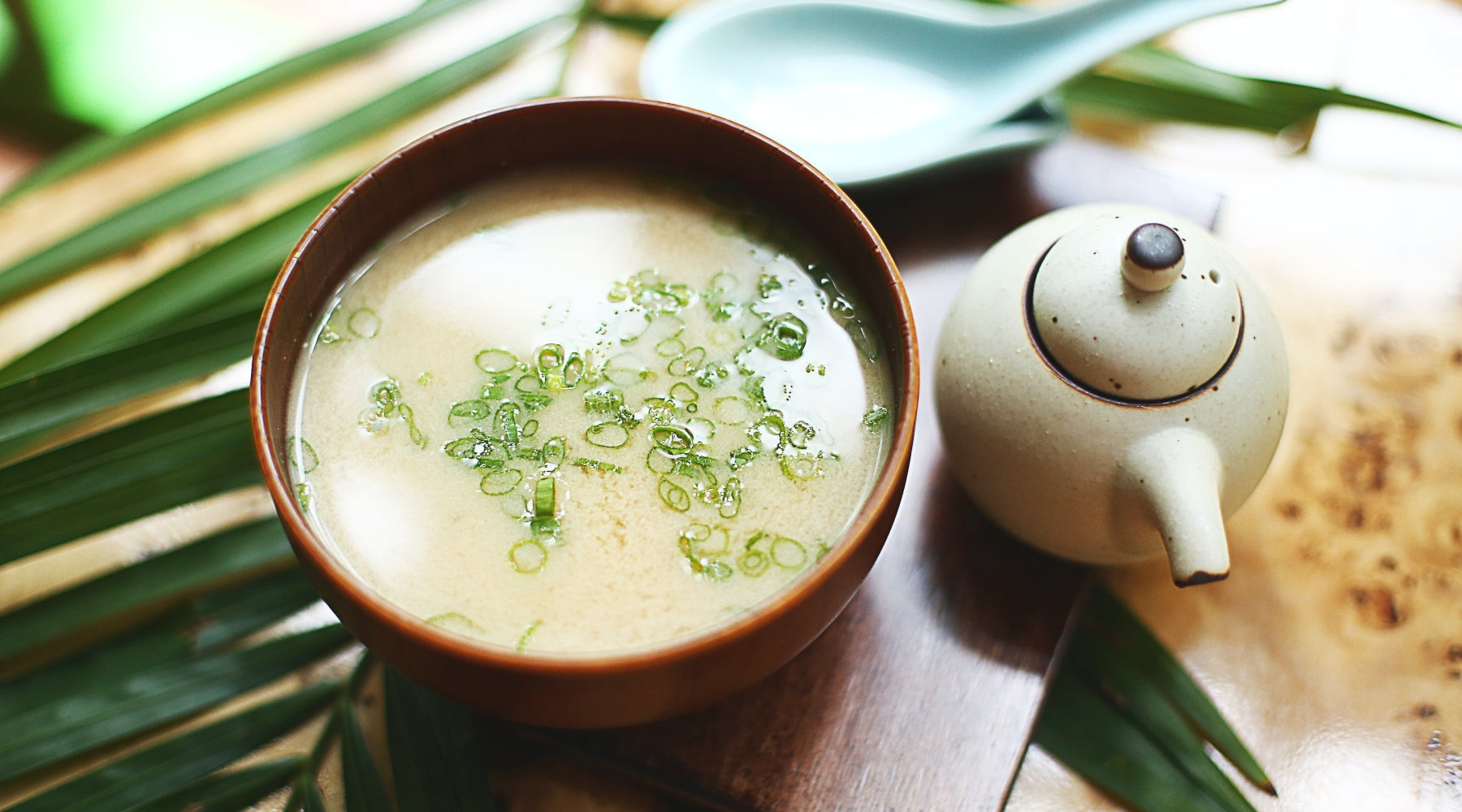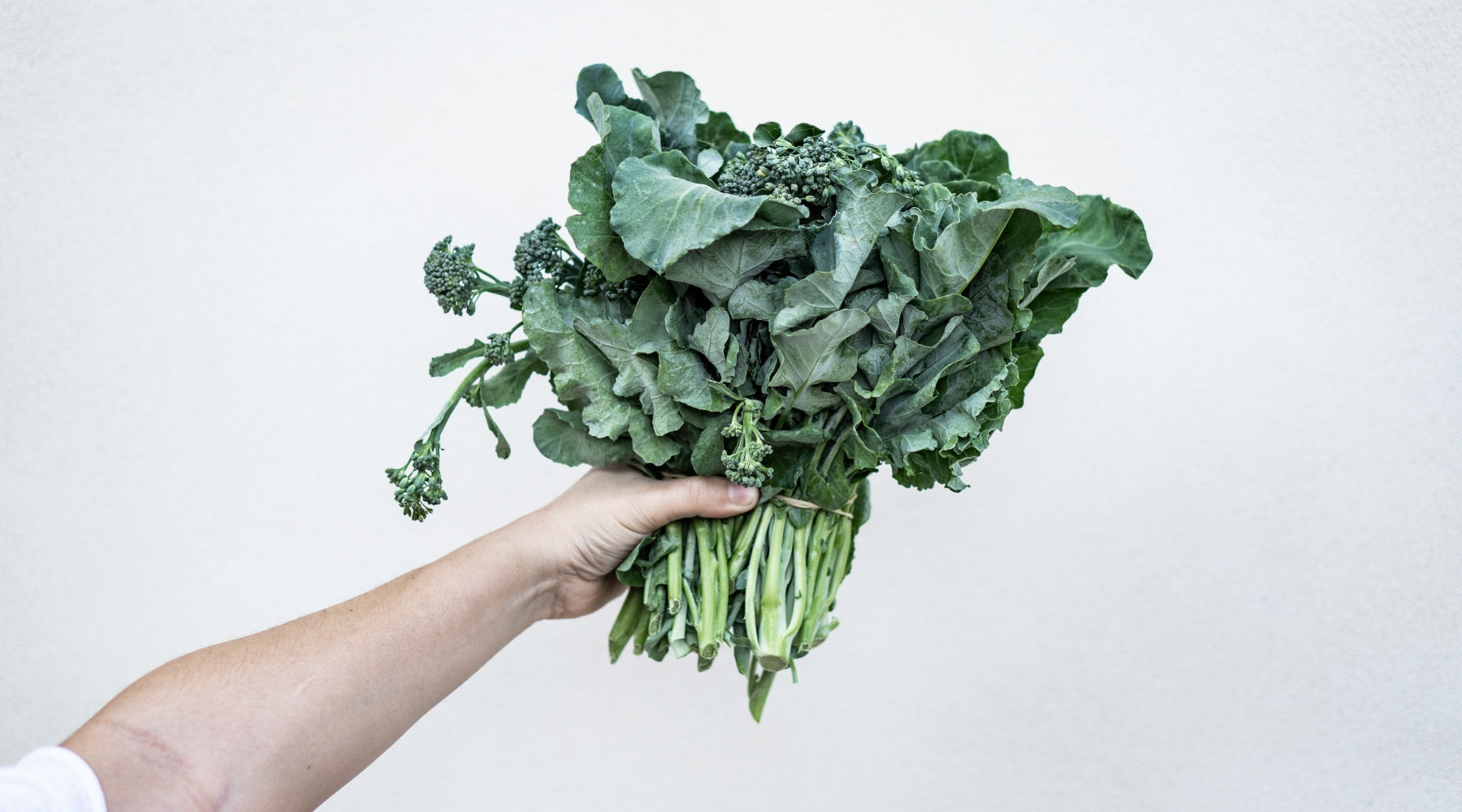
Fermented Foods: What Are They & Why Eat Them?
Humans have been fermenting for almost as long as we’ve been making food. Naturally fermented foods and beverages have soared in popularity over the last decade as more consumers have made the connection between gut health and overall wellness.
So, what exactly is fermentation?
Fermentation occurs when organic matter is converted to energy by enzymes. During the process, microbes feed on sugars and starches and break them down into alcohols and acids.
This not only preserves foods but also introduces beneficial bacteria called probiotics into the foods. Probiotics are living organisms that help restore the balance of friendly bacteria in your gut. This not only improves digestion but also support immune function and a healthy heart.
Fermentation takes one type of food and transforms it into another kind. For instance, cabbage becomes sauerkraut, cucumbers become pickles, soybeans turn into miso, and milk can be made into yogurt, cheeses, and sour cream.
You’ve likely heard of popular fermented foods such as kombucha, sourdough, sauerkraut and tempeh – even wine and beer!
Here are 4 lesser-known fermented foods to incorporate in your everyday diet:
1. Miso
A staple in Japanese cuisine, miso is a salty, fermented paste made from barley, rice and soybeans. It’s rich in essential minerals and a good source of Vitamin B12, B2, E and K. Enjoy by mixing 1 tsp of miso paste with hot water in a mug, serve as a warming entrée, or add it to a noodle soup for extra flavour and nutrients.

2. Kimchi
Kimchi is a Korean side dish of spicy, salted fermented cabbage or radish (similar to sauerkraut), usually infused with garlic, ginger and Korean chillies. To make your own, mix one sliced Chinese cabbage with a tablespoon of salt and set aside for one hour for the fermentation process to begin. Rinse under cold water, then combine with sliced radish, carrot, spring onion and a sauce of ginger, garlic, chilli sauce, sugar and rice vinegar. Pack into a sterilised mason jar, seal, and leave to ferment at room temperature overnight before chilling. Keep in the refrigerator for up to 3-6 months.
3. Pickled vegetables
It’s super easy to make your own pickled vegetables at home! In fact, it’s a great way to use up leftover produce before it goes bad, reducing food waste. Think carrots, capsicum, cucumber and red onion – perfect to add as a side for lunch or dinner. To make a pickling brine, combine 1 cup of vinegar + 1 ½ tsp salt + 1 tbsp sugar in a pot, simmering over medium heat until dissolved. Pour the brine into a mason jar with sliced vegetables, ensuring they’re fully submerged. Seal well, shake and refrigerate overnight. Will keep in the fridge for 2-3 weeks.
4. Raw Protein Paleo Fermented
Our Raw Protein Paleo Fermented is made from a base of organic sprouted and fermented Pea Protein and Sacha Inchi Protein. The fermentation process occurs when the peas are exposed to bacterial strains, breaking the carbohydrates (and sometimes proteins) into smaller molecules so they’re easier and faster for the body to digest. The result is a grain-free vegan protein with cultured superfoods, added digestive enzymes, and a comprehensive amino acid profile. All of our Raw Proteins are made using this sprouted and fermented pea protein, so you know you're getting the best!

References
https://ladder.sport/blogs/main/whey-vs-plant-protein
https://www.health.harvard.edu/staying-healthy/the-hidden-dangers-of-protein-powders
https://mattersjournal.com/stories/fermentingillustratedhistory
www.health.harvard.edu/staying-healthy/how-to-get-more-probiotics


